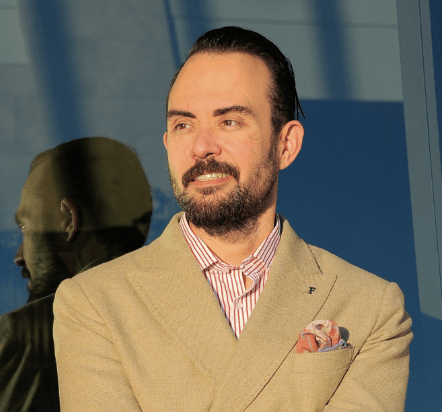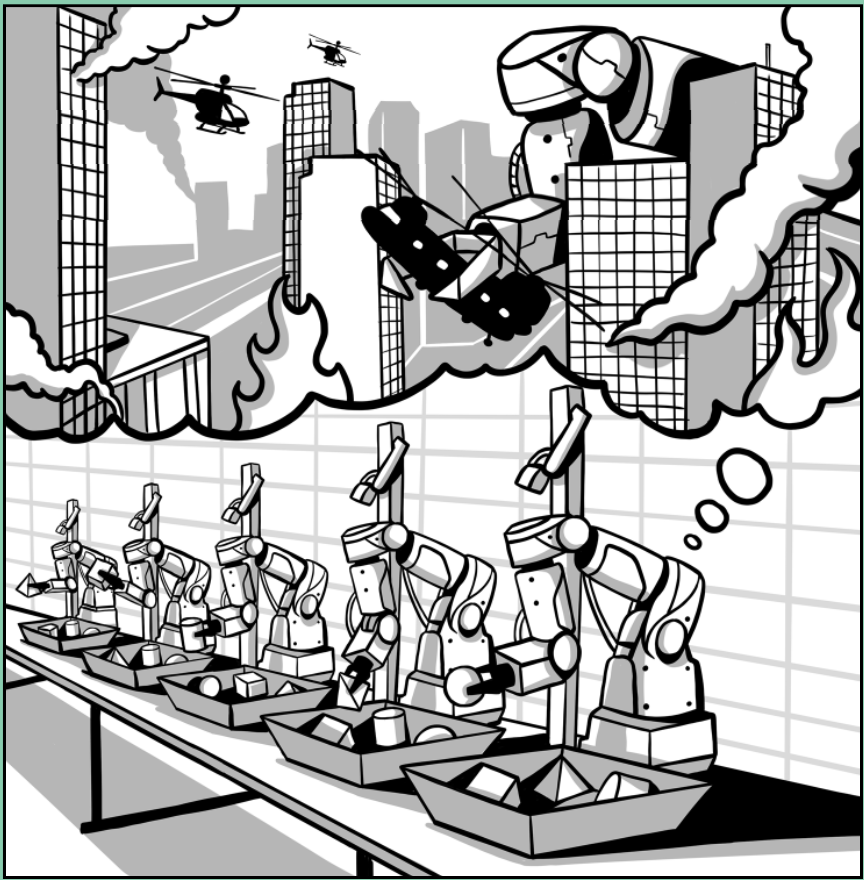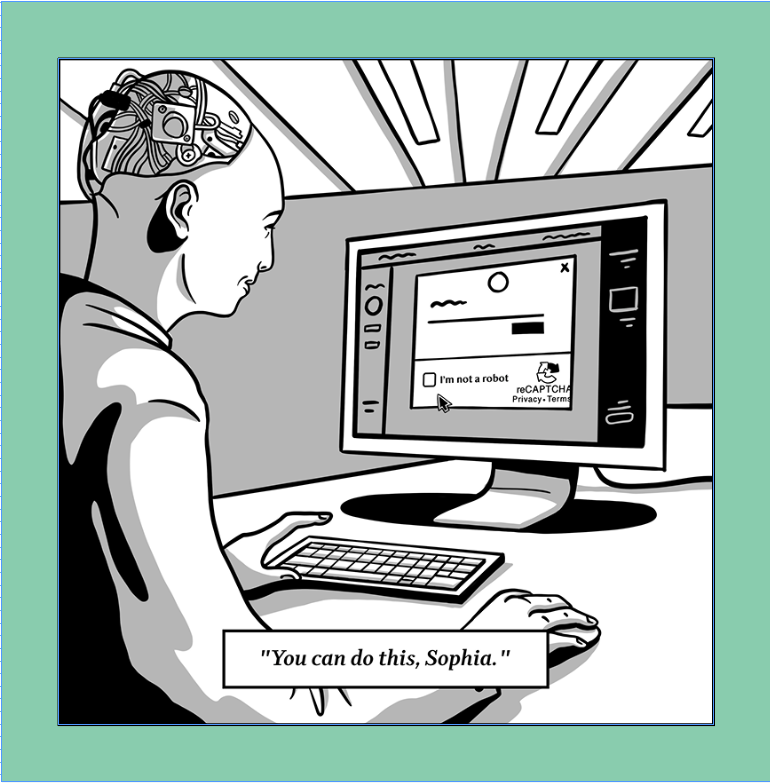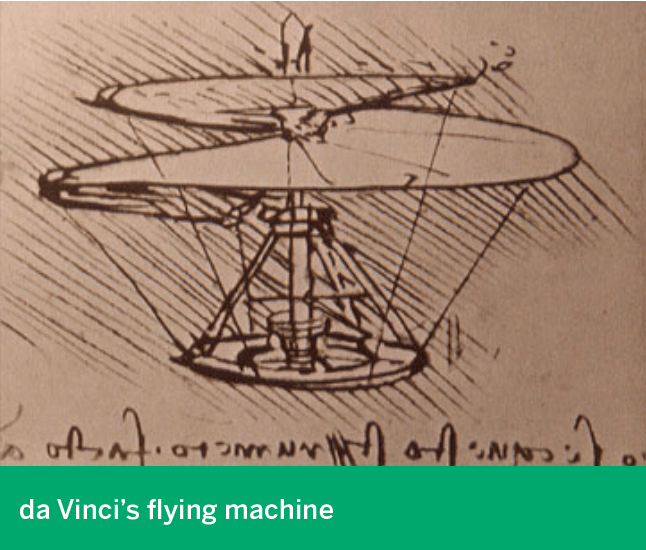50 Years to Run for Cover
Not every luckbox reader will live to see the year 2069, so here’s a preview
To mark the recent opening of the Samsung destination store in London, the electronics maker asked futurists and academics to share their predictions for the next 50 years. The responses—compiled in the report Samsung KX50: The Future In Focus—are excerpted here.
That’s entertainment
The distinction between “real” sport and computer gaming will erode, and you won’t be able to tell the difference—the graphics will be that good. They’ll be beamed into your brain, and haptics (touch interactions with computer applications) and sensor technology will fool all five of your senses into thinking it’s real. The future will offer more immersive and convincing virtual reality. Haptic kits already exist, which allow you to experience sensations via armbands, suits and vests, as well as 360-degree vision via your headset. This kit will become more refined. Those clunky headsets will disappear, replaced by nano-tech Metalenses and eventually neural interface technology. There will be affordable haptic full-body suits to use at home and in arcades. Haptic technology and a wide range of sensors will be embedded into everyday clothing—which will be printed on demand using a wide range of new manufacturing technologies such as Holographic 3D printing.
There will be no need to browse Netflix for the kind of show you want to watch. This “procedural content” will be beamed directly into people’s brains using non-invasive neural interfaces. Why sit in front of a big screen when you could put customers in the movie and then play that movie in their heads? Neural interfaces connected to AI, the web and other “hive minds” in the cloud will gauge your mood and then discern whether you want to laugh at a witty comedy or have a good weep over a romantic movie. It will know that you’d enjoy it most if it were set in a familiar location and that it featured a character who looked exactly like your first girlfriend. And there it will be—playing in your head.
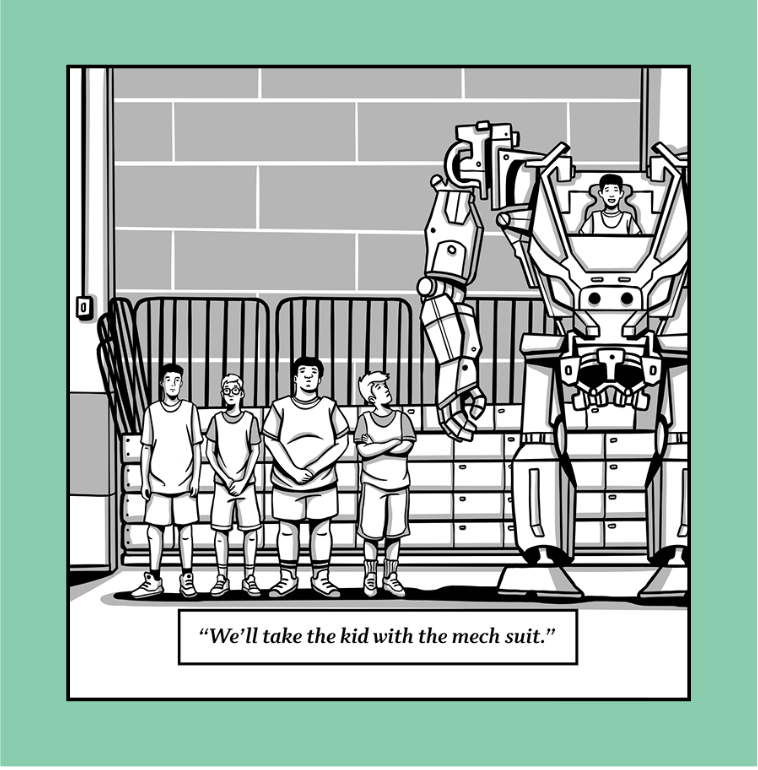
People will connect and communicate telepathically on social media networks, again using so-called “internet scale” neural interfaces. They will access and share “hive minds,” in the same way some robots “share minds,” by using AI and the cloud, today. As bizarre as this might sound, the former technology is already emerging and Facebook CEO Mark Zuckerberg has reportedly said he wants “to turn Facebook into the world’s first telepathic network.” His team has already made huge progress, but it will take decades before anyone manages to sort out the necessary regulatory approval and ethical justification to allow this sort of technology to get to market—just imagine the privacy settings your account (or brain) would need!”
— Matthew Griffin, futurist and think tank founder
Enhanced social networking
Networking is now truly global. We meet, talk and build face-to-face relationships across geographies, regardless of where we are. Thanks to virtual reality, we have significantly reduced the carbon footprint of company meetings. You don’t miss shaking hands physically with your colleagues because holographic interfaces and biofeedback systems make it feel that you are physically connected and engaged, even when there are 5,000 miles and several time zones between you. After the meeting, you can now play a game of virtual golf together or visit an online “bar” to get drunk, sing karaoke and bond.
Language is no longer a barrier. Brain implants, like the translation device in The Hitchhiker’s Guide to the Galaxy, which swims through your ear into your brain to make any language instantly understandable, have totally changed how we interact with our colleagues across the globe. Learning languages has become unnecessary, unless simply for pleasure.
Politically, the new world will be interesting. Increased social connection will bring people closer. Nationhood could be challenged. Protests will be easier to organize, centralized control by way of governments and national borders may be weakened or may cease to exist. Instead, people will align with causes and engage en masse with like-minded individuals across the world. We will all be seeking to align with “our tribe.”
— Jacqueline de Rojas CBE, president of techUK and co-chair of the Institute of Coding
Safe, rapid travel
Forget traffic jams, traffic cones, roadwork and even driving yourself. Insurance companies will have finally decided that human steering is just too dangerous and should be left to robotic, autonomous driving systems. So we will be saying goodbye to steering wheels in our cars—unless we decide to go retro and pick up a vintage car from 2020. Of course, it is always possible that driving yourself will become illegal, except on specialized recreational driving circuits.
For longer distances, most city-to-city travel will involve reusable rockets, entering near-space just outside the upper atmosphere, travelling at just under 20,000 miles per hour. Advances already taking place mean that such rockets can take advantage of zero air resistance to offer incredibly fast journey times: travel from London to New York in under 30 minutes. Those of us who won’t be able to afford space commuting will have to continue travelling by old-fashioned airplane. Those planes, however, will travel at hyperspeed, five or six times the speed of sound—around 3,500 miles per hour.”
— Dr. Rhys Morgan, director of engineering and education, Royal Academy of Engineering
Robotic surgeons
Advances in robotics will change what happens when we go under the knife. Major surgeries will be handled by hybrid teams comprised of robot surgeons and human surgeons, working in complete harmony, to provide a level of care that is safer, cheaper and quicker than human surgeons working alone. Many minor surgical procedures will be automated to a point where robots could perform the procedure whilst you commute to the office in your self-driving medical taxi.
Meanwhile, 3D bioprinting of human organs will evolve to a point where “body farms” will provide instant replacements for organs damaged beyond repair. Already, a 3D bioprinter has been sent to the International Space Station to grow human tissue in space. For those who can afford it, they will even be able to buy replacements that exceed the original specifications of the organs they were born with: eyes with improved vision at night, hearts or lungs that enhance an athlete’s performance, perhaps using a fusion of human and synthetic components.
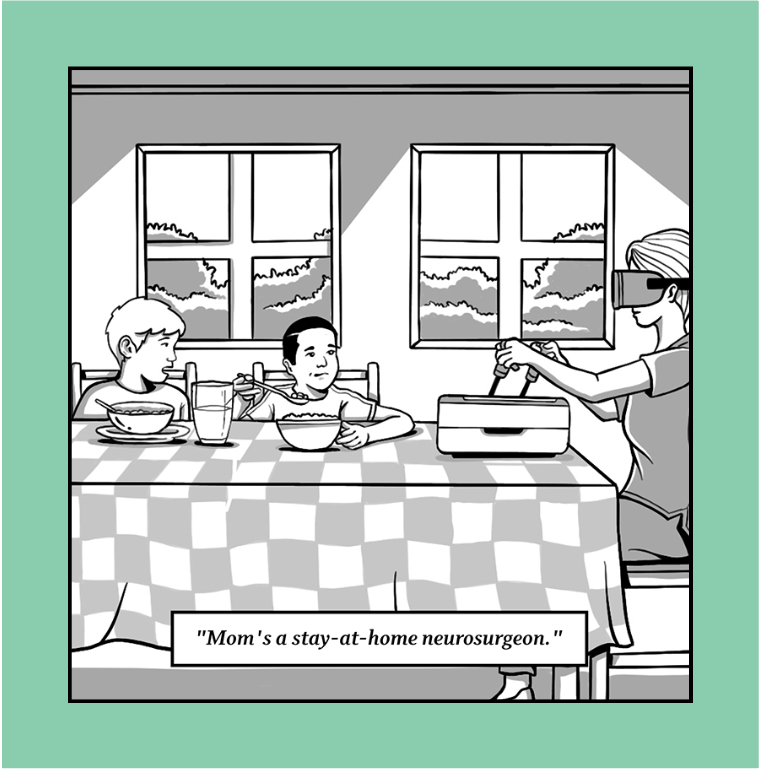
More people will be born healthy. Imagine a future world where it will be possible to genetically edit human embryos to eliminate many inherited diseases such as cystic fibrosis and sickle cell disease. But since it also will be possible to edit for eye color, hair color, body type and possibly even IQ, concerns will be raised, demanding a ban on the use of such technology. Or it may be affordable only for the rich. Of course, it may be that in 50 years, costs will have come down and everyone in the world will be able to choose how a baby looks and ensure the baby is disease free.
Nanomedicine—swarms of microscopic nanobots—will be injected in every newborn to swim around blood vessels spotting problems and repairing some automatically without recourse to a doctor. Today, scientists have already programmed nanobots to shrink cancer tumors in mice.
— Maneesh Juneja, digital health futurist

